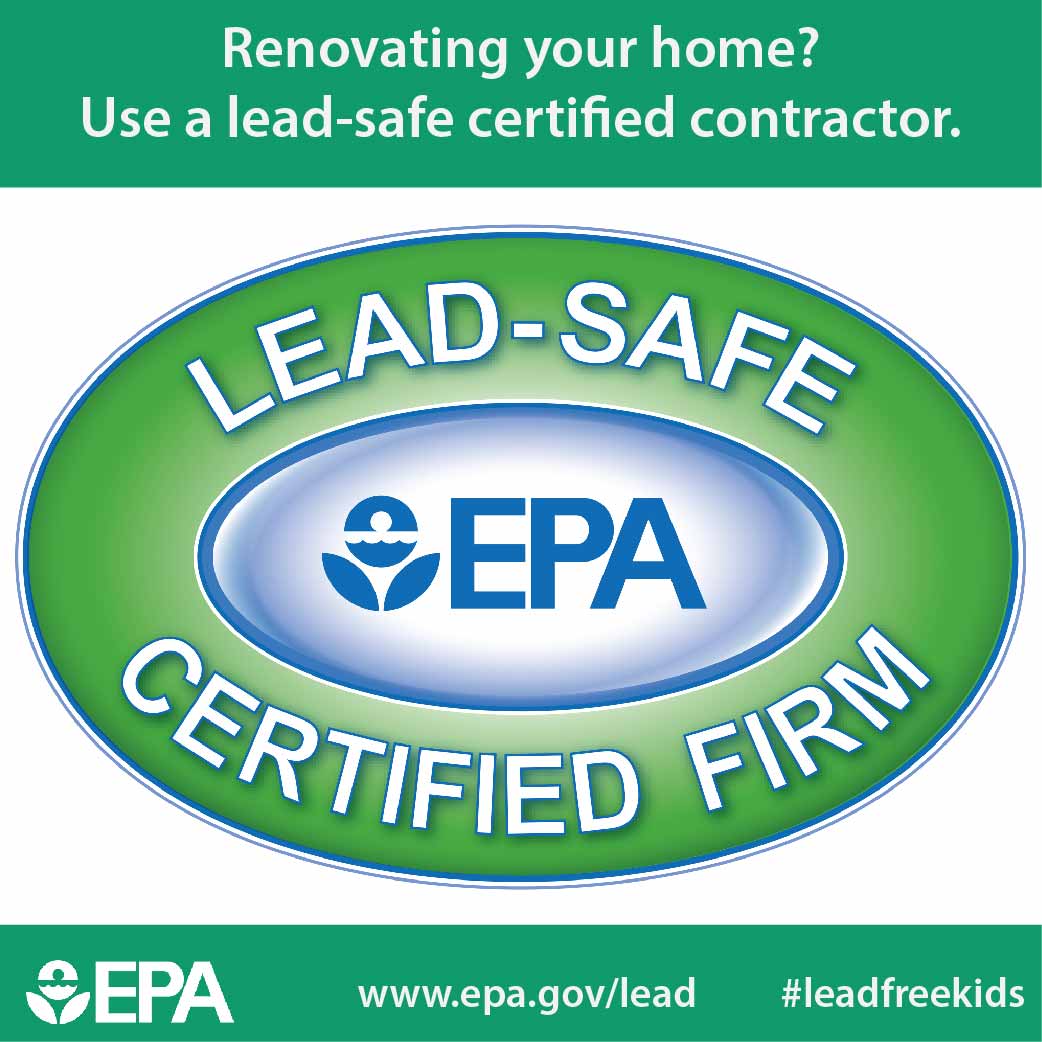Find Out Exactly How Seasonal Elements Affect Business External Painting Success And Discover The Very Best Times To Ensure Long Lasting Outcomes For Your Task
Find Out Exactly How Seasonal Elements Affect Business External Painting Success And Discover The Very Best Times To Ensure Long Lasting Outcomes For Your Task
Blog Article
Personnel Writer-McLamb Skafte
When you're planning a business external painting job, seasonal variables can make or break your outcomes. You'll wish to think about exactly how temperature and humidity effect paint application and drying out times. Choosing the ideal season can guarantee your paint sticks properly and lasts much longer. Yet which periods are absolutely the very best for this sort of work? Let's explore the crucial elements that can influence your project's success.
The Influence of Temperature Level on Paint Application
When you're preparing an industrial outside paint project, the temperature can substantially affect just how well the paint sticks and dries.
Ideally, you wish to paint when temperatures vary between 50 ° F and 85 ° F. If it's too cold, the paint may not heal effectively, causing concerns like peeling off or cracking.
On the other side, if it's too warm, the paint can dry out also rapidly, stopping appropriate adhesion and leading to an uneven finish.
You must also think about the time of day; early morning or late afternoon uses cooler temperatures, which can be extra positive.
Constantly inspect removing dried latex paint from brushes for the details paint you're utilizing, as they typically offer support on the suitable temperature level range for optimal results.
Moisture and Its Result on Drying Times
Temperature level isn't the only ecological variable that influences your industrial outside painting project; moisture plays a substantial function too. High humidity degrees can decrease drying out times drastically, impacting the overall quality of your paint job.
When the air is filled with dampness, the paint takes longer to heal, which can cause issues like inadequate attachment and a greater danger of mildew growth. If you're painting on an especially moist day, be prepared for extensive wait times between coats.
https://www.nanaimobulletin.com/marketplace/behind-the-drop-cloth-room-painting-tips-from-a-professional/ to check regional weather conditions and strategy appropriately. Preferably, aim for humidity degrees in between 40% and 70% for optimum drying out.
Keeping these consider mind ensures your job stays on track and delivers an enduring finish.
Best Seasons for Commercial Outside Painting Projects
What's the very best time of year for your business exterior painting projects?
Spring and very early loss are normally your best options. During these periods, temperature levels are light, and humidity levels are frequently reduced, creating suitable problems for paint application and drying.
Prevent summertime's intense heat, which can create paint to completely dry too quickly, resulting in bad attachment and surface. In a similar way, wintertime's cold temperatures can impede proper drying out and curing, running the risk of the durability of your paint work.
Go for days with temperatures between 50 ° F and 85 ° F for ideal outcomes. Bear in mind to inspect the regional weather forecast for rainfall, as wet problems can spoil your job.
Planning around these elements guarantees your painting task runs smoothly and lasts much longer.
Final thought
Finally, intending your business exterior painting jobs around seasonal factors to consider can make a substantial distinction in the result. By scheduling job throughout the excellent temperature levels and humidity degrees, you'll make certain much better attachment and drying times. Remember to keep an eye on neighborhood weather report and pick the right time of year-- springtime and early loss are your best options. Taking these steps will certainly aid you accomplish a resilient and specialist finish that lasts.
